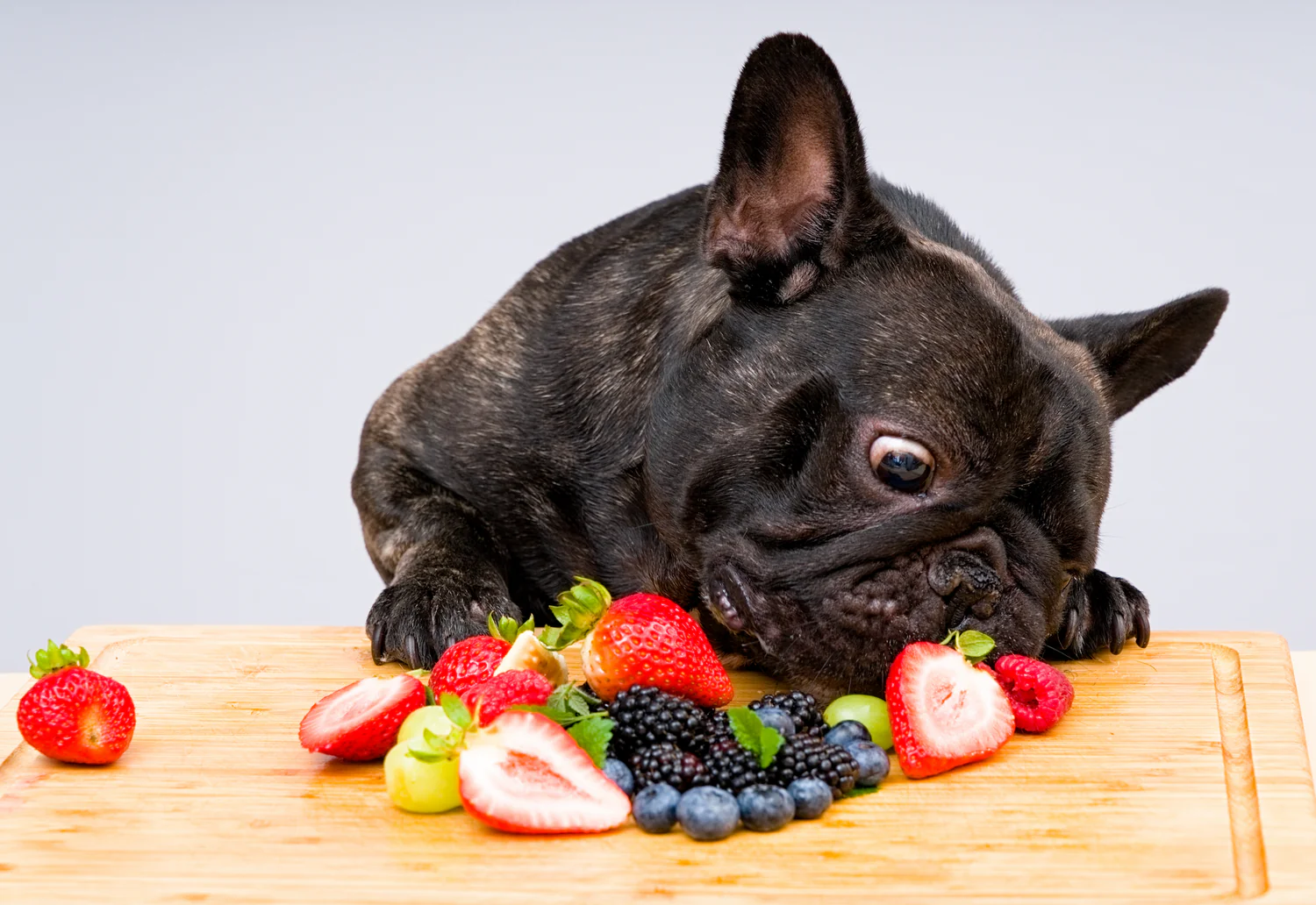Are you thinking about adding fresh ingredients to your dog’s regular kibble? Find out how incorporating fresh foods can fill nutritional gaps and discover the best options for your furry friend!
The Benefits of Adding Fresh Foods
While it’s easy to rely solely on commercial pet food, taking a few moments to add fresh ingredients can significantly improve your dog’s health. Here’s how fresh foods can enhance your dog’s diet:
Filling Nutritional Gaps
Many commercial kibbles contain fillers and grains that may lead to an insufficient intake of essential nutrients. Opting for protein-rich, nutrient-dense dog food can help, but adding fresh foods can provide an extra nutritional boost. For instance, including a small portion of fresh fish can give your dog joint-supporting omega-3 fatty acids.
Enticing Picky Eaters
Is your dog a picky eater? Fresh foods can make their meals more appealing. Add their favorite fresh ingredients as a topper, or mix in a bit of bone broth or goat’s milk to create a more enticing, flavorful meal.
Enhancing Diet Variety
Just like people, dogs benefit from a varied diet. While a well-balanced staple diet is essential, adding fresh ingredients introduces additional vitamins and minerals. This not only enriches their diet but also prevents your dog from getting bored with their meals.
Long-Term Health Benefits
A 2005 study by Purdue University revealed that dogs fed fresh vegetables a few times a week had a significantly lower risk of developing a specific type of bladder cancer. Although more research is needed, this suggests that fresh foods can contribute to your dog’s long-term health.
Top Fresh Foods to Include in Your Dog’s Diet
Before introducing new foods to your dog’s diet, it’s wise to do some research and consult your vet to ensure they are safe, especially if your dog has specific dietary needs. Here are some popular fresh food options that can provide substantial health benefits:
Meats
- Muscle meats: Chicken, turkey, and lean beef are excellent protein sources.
- Organ meats: Hearts, tripe, gizzards, and small amounts of beef liver are rich in B vitamins, zinc, and iron.
- Fish: Sardines, salmon, and smelt offer high omega-3 content.
- Bone broth: A great source of calcium, selenium, and magnesium, it also adds moisture and flavor.
Vegetables
Vegetables are fiber-rich and loaded with vitamins. Since dogs may not chew enough to break down plant cell walls, consider pureeing, steaming, or roasting vegetables to enhance their digestibility.
- Leafy greens: Spinach, kale, and collard greens are thought to boost cognitive health and lower cancer risk.
- Cruciferous vegetables: Broccoli, cauliflower, and cabbage are packed with sulforaphane, an antioxidant that may reduce cancer risk.
- Pumpkin and sweet potato: High in fiber, they support digestion.
- Mushrooms: Varieties like shiitake and reishi contain beta-glucans, which support the immune system.
Fruits
Fruits are easy to digest and provide moisture and antioxidants. However, due to their sugar content, they should be given in moderation.
- Berries: Blueberries, raspberries, and cranberries are rich in antioxidants and vitamins.
- Apples: High in catechins, a potent antioxidant.
- Watermelon, grapefruit, mango, and papaya: Packed with lycopene, an antioxidant with various health benefits.
Dairy
Certain dairy products can be excellent sources of probiotics. Use them sparingly to avoid excess fat and calories.
- Plain yogurt
- Plain kefir
- Goat milk
Always make sure that any human foods you share with your dog are plain and unseasoned.
Tips for Easily Incorporating Fresh Foods
Introducing fresh foods into your dog’s diet doesn’t have to be complicated. Here’s how to do it without overwhelming your routine:
Start Small
You don’t need to overhaul your dog’s diet overnight. Introduce fresh foods gradually, aiming for them to make up less than 15% of the daily calories. The remaining 85% should come from their staple diet. Even adding fresh foods a few times a week can make a difference.
Plan Ahead
Meal prepping for your dog can simplify the process. Consider preparing pureed vegetables or portioning out meat in advance. Frozen portions can be thawed in time for dinner, making the process quick and easy.
Use What’s Available
No need to create a separate grocery list for your dog! Use dog-safe ingredients from your pantry, reducing food waste and making meal prep even easier.
We all want our pets to live long, healthy lives. By spending a little extra time in the kitchen, you can significantly contribute to your dog’s well-being.

